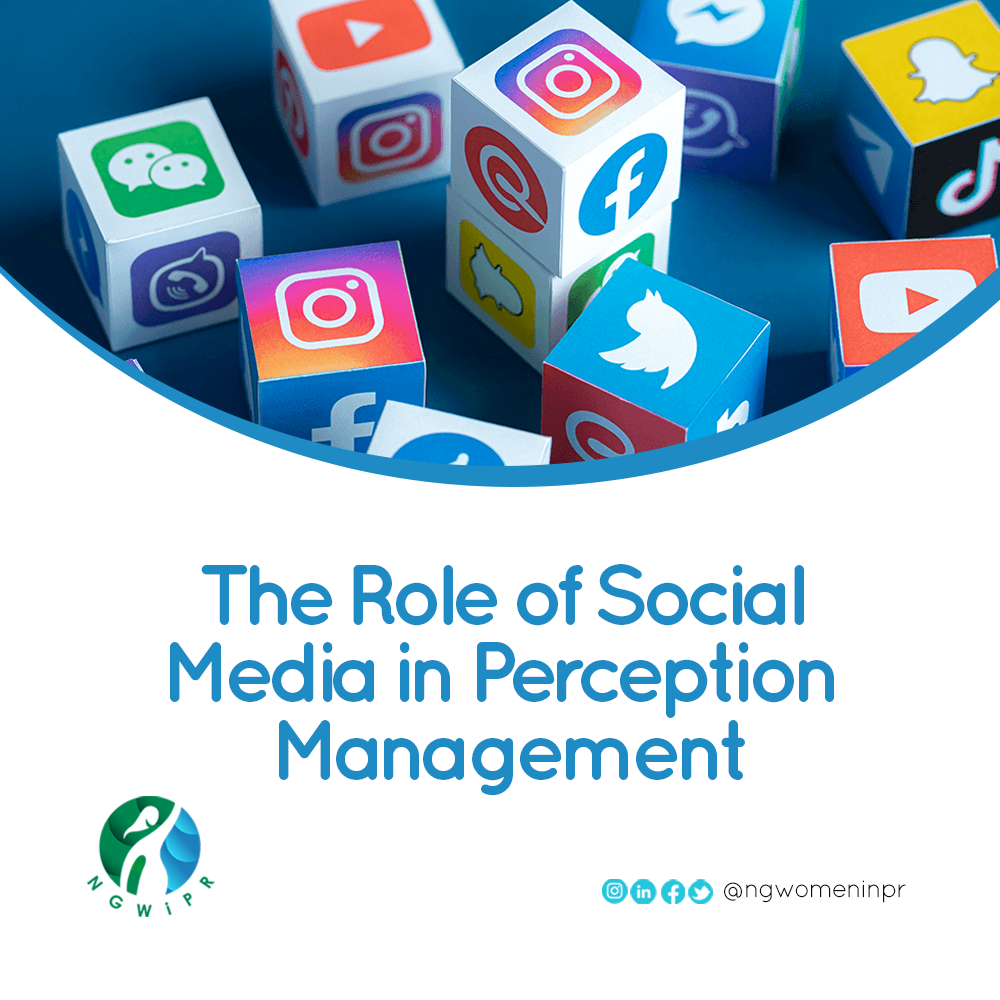In today\’s world, it is not far-fetched that social media plays a huge role in perception management. Social media has become an integral part of modern communication, and it has also become a powerful tool for managing the perception of personal and corporate brands. The ability to control the narrative and present a positive image to the public can have a significant impact on the success of an individual or business.
One of the most significant advantages of social media for perception management is the ability to reach a broad audience quickly and easily. Platforms like LinkedIn, Facebook, Twitter, and Instagram allow individuals and businesses to share their messages with thousands or even millions of people. This can be especially beneficial for small companies or individuals who may need more resources to invest in traditional advertising methods.
Additionally, social media allows for real-time engagement with customers and the public. This can be used to address any negative perceptions or criticisms and to provide a positive and transparent image of the brand. It also allows for two-way communication, which can help to build trust and loyalty with customers and the public.
Social media can also be used to create a more personal and relatable image for a brand. Platforms like Instagram and TikTok allow businesses and individuals to share behind-the-scenes content, which can help to humanize the brand and make it more relatable to the audience. This can be especially beneficial for businesses that are trying to build a strong emotional connection with their customers.
However, it\’s important to note that while social media can be a powerful tool for perception management, it also has the potential to backfire. Negative comments, reviews, and social media posts can quickly spread and cause damage to a brand\’s reputation. This is why it\’s essential for businesses and individuals to actively monitor their social media accounts and respond promptly to any negative feedback.
Ultimately, social media has become a crucial tool for the perception management of personal and corporate brands. It allows for easy and fast reach to a wide audience, real-time engagement, and the creation of a more personal and relatable image. However, it\’s important to actively monitor and respond to negative feedback to maintain a positive image.

